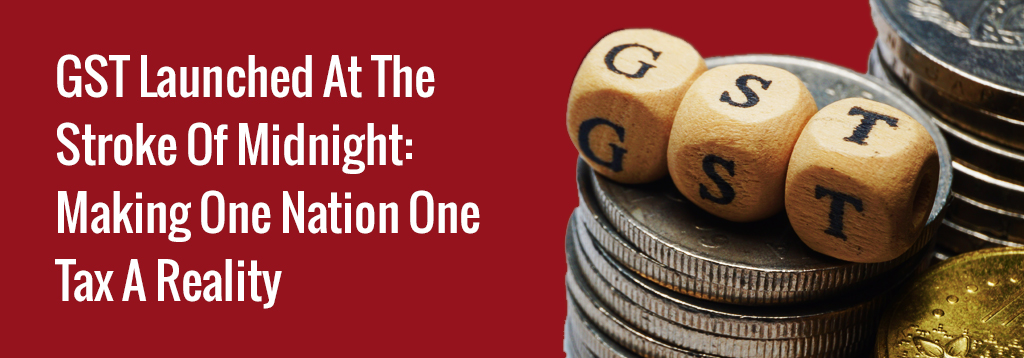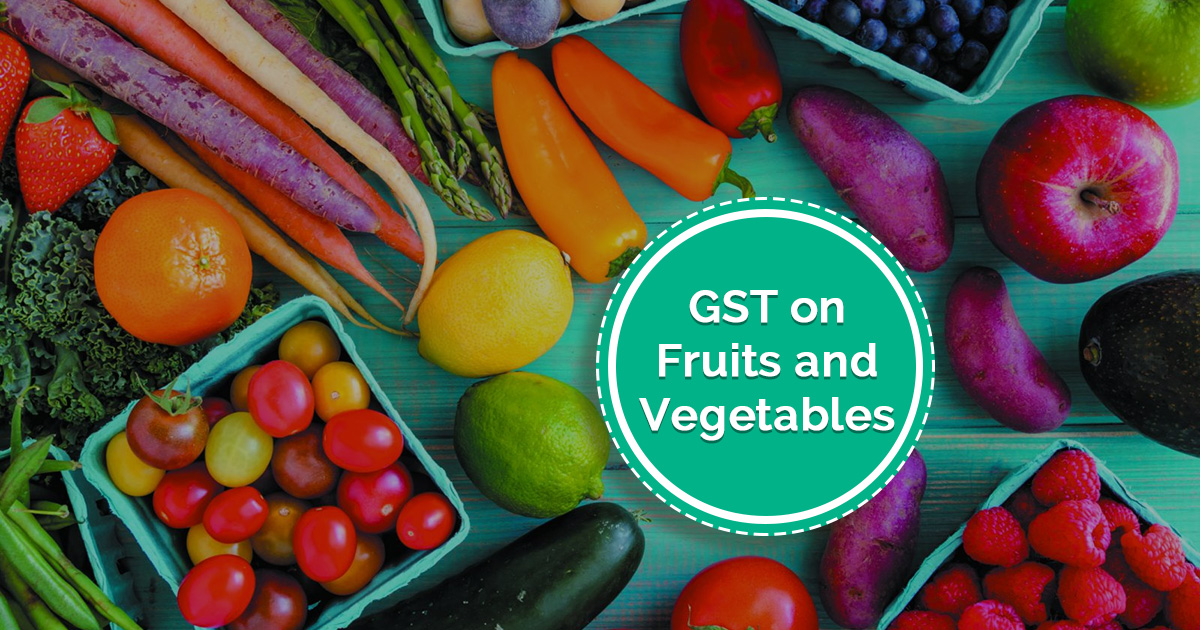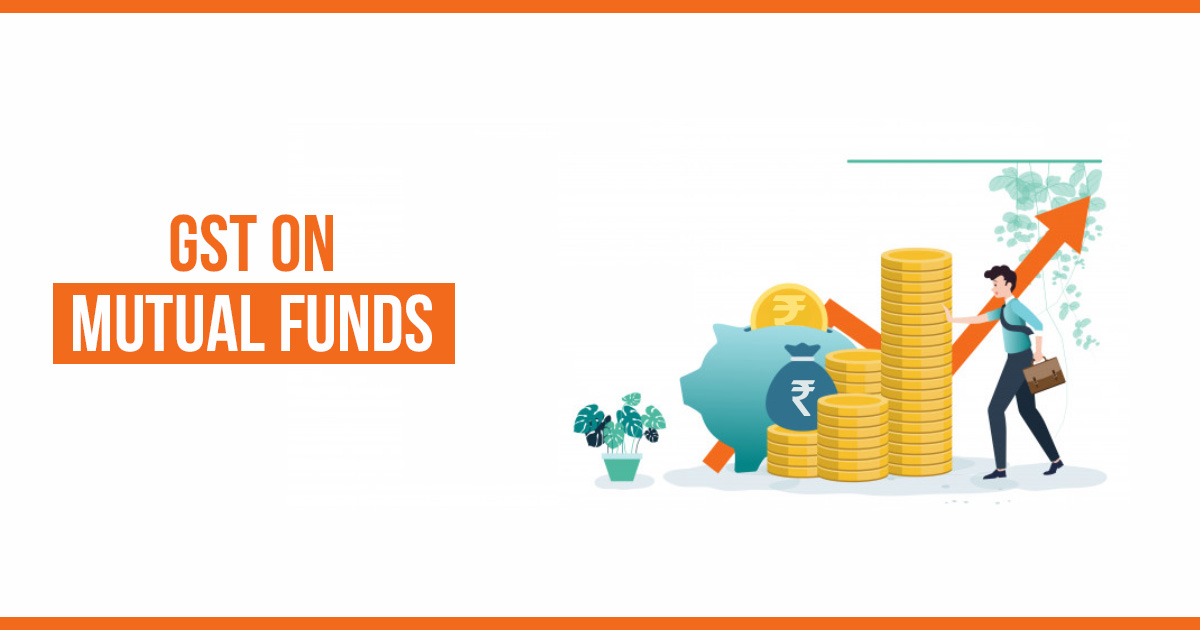For the 2nd time in the history, at the stroke of midnight, the world has witnessed India’s developmental reform. First was the occasion of ‘freedom’ from foreign slavery and the second has been the much awaited GST implementation.
Yesterday, at sharp 12 AM, the Prime Minister Modi and the President Pranab Mukherjee, at the Central Hall of Parliament, pressed two buttons on a glass box decorated with orchids and GST inscribed on it, making GST law applicable henceforth all across the nation. The Goods And Services Tax is being considered as the biggest ever economic reform in the independent India and is seen as a symbol of economic freedom making the dream of ‘One Nation, One Tax’ a reality.
Many leading politicians, businessmen, cine stars were present to witness the official GST launch occasion at the central hall of parliament. President Pranab Mukherjee, who piloted the first constitutional amendment for unifying more than a dozen central and state taxes, shared a specially erected dais in the circular hall with Prime Minister Narendra Modi and Vice- President Hamid Ansari. Lok Sabha Speaker Sumitra Mahajan and former prime minister H D Deve Gowda were also on the dais with finance minister Arun Jaitley.
GST ceremony was started in Central Hall of Parliament with the national anthem, followed by the speeches of Finance Minister- Arun Jaitley, the Prime Minister Modi and the President Pranab Mukherjee. All seemed very enthusiastic about the GST taxation framework and hailed it as a master stroke to enhance the economic growth of the nation.
Excerpt from the GST launch PM Narendra Modi speech:
“It is a coincidence that even Gita has 18 chapters and after 18 meetings of the GST Council, the tax reform is becoming a reality. The launch of GST sets the path for India’s future journey. At the midnight hour, we are all set to decide the future journey of this country. In some time from now, the country will start a new journey. The 1.25 billion people of this country are witness to this historic event. The process of coming up with GST is not about economics alone, the entire process is a testimony to our belief of cooperative federalism. I am thankful to everyone for coming here to witness this event”.
Earlier, Finance Minister Arun Jaitley inaugurated the special session by calling the launch of GST the onset of a new India. “At the midnight hour, we will be launching India’s most ambitious economic reform. GST may be a destination tax, but it will begin a journey for India. At midnight, India will awake to limitless possibilities. The Old India was economically fragmented, the New India has one tax, one market. This is an India where the Centre and states work together on a common goal of shared prosperity. This new India will write a new destiny”.
Later on, President came to put forward his views and beliefs at the launch of Goods & Services Tax. He said,” In a few minutes from now, we will witness the launch of the Goods and Services Tax (GST), a unified tax system, in the country. This historic moment is the culmination of a fourteen-year-long journey which began in December 2002, when the Kelkar Task Force on indirect taxation suggested a comprehensive Goods and Services Tax (GST) based on the Value Added Tax principle. The proposal to introduce GST was first mooted in the Budget Speech for the financial year 2006-07. Since the proposal involved restructuring and reform of not only indirect taxes levied by the Centre but also the States, the responsibility of preparing a design and a plan of action for the implementation of GST was assigned to the Empowered Committee of State Finance Ministers which had been formed earlier for implementation of the Value Added Tax.”
GST has been dubbed as the most significant economic reform since independence, which is expected to add as much as 2 percentage points to the GDP growth rate besides raising government revenues by widening the tax net. A four-rate structure that exempts or imposes a low rate of tax of 5 per cent on essential items and the top rate of 28 percent on cars and consumer durables has been finalized. The other slabs of tax are 12 and 18 per cent for various goods and services.
India, being a land of pluralism, the culture and language changes within some kilometers, inhabited with the people of different sects and beliefs, most vibrant piece of land on this planet, would not have imagined witnessing a uniform tax structure like GST across the entire nation. Though, the law has been implemented and is all set to be followed along all the length and breadth of this nation, but, this is just an initial step towards a greater goal.
People are still not completely aware of the terms and conditions related to GST, a lot of chaos and confusion is still prevailing among the traders of this country. In this scenario, a nationwide helpline is mandatory, and we should be glad that various organizations have come forward with their respective helplines to help and enlighten people about the GST and it’ s norms.






